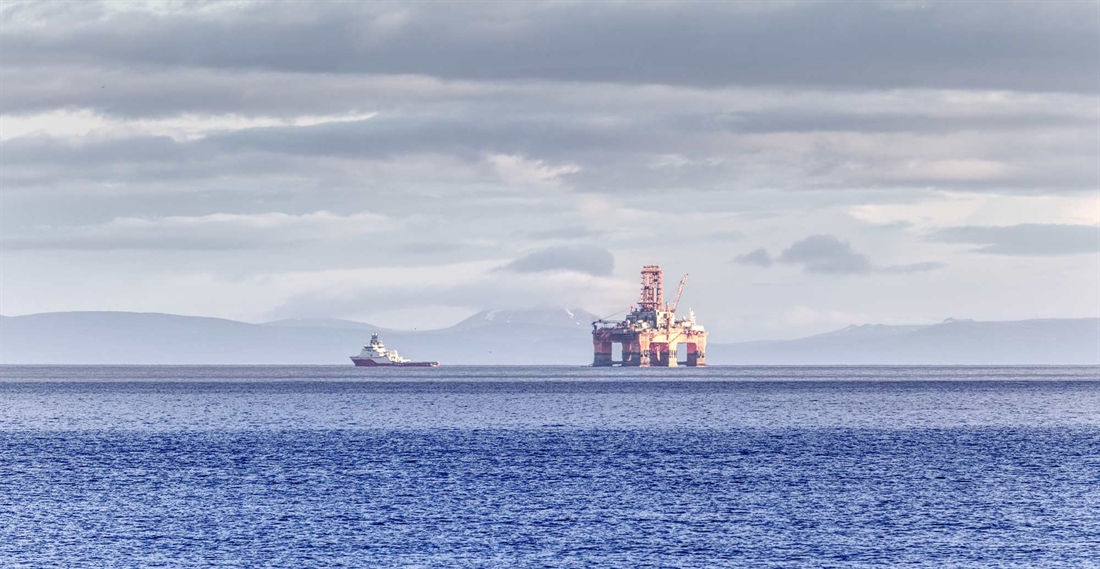Where have our salmon gone?
The population of wild salmon in the Atlantic has fallen from 8-10 million fish in the mid 1980s to 2-3 million today. It’s therefore more important than ever that we understand what is happening to this iconic species on their journey to sea, and identify who or what is responsible for their decline.

In 2018, the Atlantic Salmon Trust (AST) and its partners, Marine Scotland and Glasgow University, set up The Moray Firth Tracking Project – the most ambitious tagging and tracking project for salmon ever undertaken in Europe – with the aim of providing valuable information to guide focused and effective management to ensure the survival of wild Atlantic salmon.
The tagging project launched in spring 2019 across seven project rivers – Spey, Findhorn, Deveron, Conon, Ness, Oykel, and River Shin – which flow into the Moray Firth. Here salmon smolts were tagged with an acoustic telemetry tag that emits a uniquely coded ping which is picked up by receivers located at key points in the rivers and sea, allowing migration routes to be tracked. This involved the deployment of hundreds of receivers, many kilometres of rope, 30 tonnes of moorings, difficult logistics in remote areas, an army of volunteers giving thousands of hours of time, and over 50 organisations supporting the work.
So far the equipment has worked very well with over 15 million detections being recorded. Unfortunately, the
initial results from the project identified that 50 per cent of tagged salmon smolts went missing in rivers with a further 15 per cent going missing in the coastal waters before leaving the Moray Firth. This information goes against what was expected as most people thought that the challenges that fish encounter were likely to be bigger at sea. For those young salmon that made it out to the furthest array of receivers, we now know that they were heading east and covering large distances quickly – incredibly, one smolt travelled 200km in less than two weeks.
So what’s next? Working within the Missing Salmon Alliance we need to continue to interrogate the 15 million detections worth of information to see what further patterns exist and conclude why so many fish are going missing in action. Establishing the suspects responsible for this loss will be the focus of our work in 2020 and 2021.
For now, we celebrate the success of year one of the project and take a positive leap forward into years two and three, where we will provide crucial insights into understanding how we can better support this iconic species. It’s only by using the evidence that this project provides that we can enact positive change and implement better management to ensure that salmon have the best chance at survival in this rapidly changing world.
Related Articles
Get the latest news delivered direct to your door
Subscribe to Fieldsports Journal
Elevate your experience in the field with a subscription to Fieldsports Journal, the premium publication for passionate country sports enthusiasts. This bi-monthly journal delivers unparalleled coverage of game shooting, fishing and big game across the UK and beyond.
Each issue offers a stunning collection of in-depth features, expert opinions and world-class photography, all presented in a timeless yet contemporary design.
Save 10% on shop price when you subscribe, with a choice of packages that work for you. Choose from Print & Digital or Digital only with each journal delivered directly to your door or via the app every other month, plus access to past issues with the digital back issue library.







